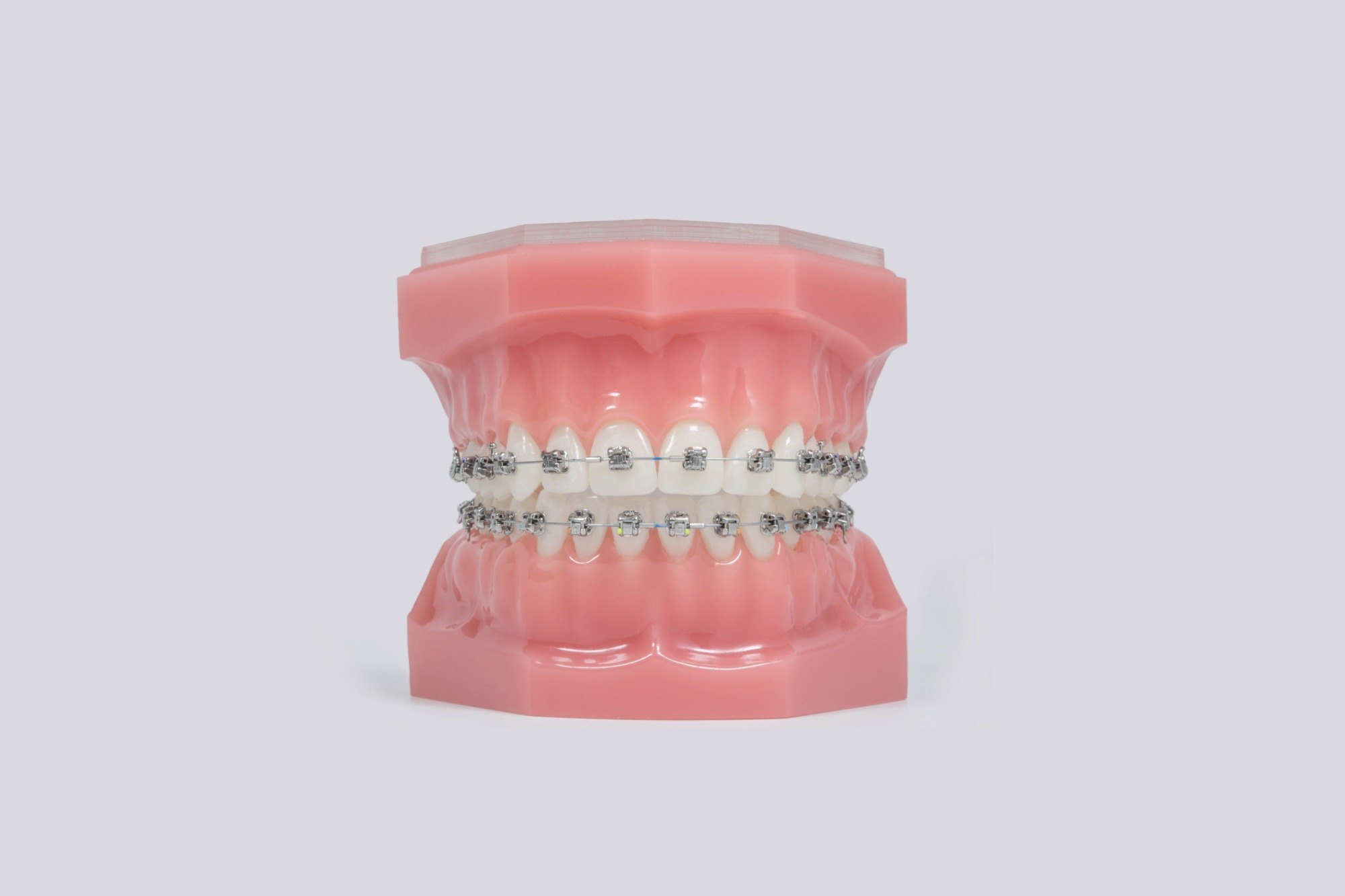At one point, the sheer mention of braces triggered negative thoughts about bulky metal brackets that were very uncomfortable and looked even worse. And if those weren’t negative enough, the cost was steep for orthodontic treatment previously. However, technology has come quite a long way just in recent decades. Those advancements have not skipped over the beautiful world of orthodontics, making now a better time than ever to look into getting the sparkling straight smile of your dreams.
At Pioneer Orthodontics, we believe that each person deserves individualized treatment. Since we are all individuals, we cannot receive the best orthodontic care unless it is customized to fit our specific needs. Let’s explore the current options for braces in orthodontic treatment to help you decide which may be best for you.
Traditional Braces
When you first think of braces, many images of bulky metal brackets and wires spring to mind, but technology has also helped here. With upgrades to design, shape, size, and even color having arrived, metal braces have become much smaller while also becoming more effective.
Traditional braces are known for being the quickest and most effective way to treat complex tooth issues and make adjustments in your teeth. This amount of time you will need to wear braces will depend on the severity of your tooth and jaw adjustments required, but this method can typically significantly reduce the time it takes to get those effective results.
It is important to note that maintenance and cleaning can get a little tricky with traditional braces, but it does get easier over time. With handheld flossing sticks and Waterpiks, getting debris from between your teeth and around brackets gets much more manageable. Avoiding chewy, sticky, or crunchy can also help make cleaning less tricky and ensure you do not risk breaking any of your brackets or wires.
You can expect to have a quick follow-up with Dr. Cserna about every 6-8 weeks to check your progress and replace any broken wires or worn-out rubber bands. These appointments are crucial to the timeline of your treatment plan, so let us know if something comes up, and our expert team will get you rescheduled for a time that better fits your busy lifestyle.
If you are leaning towards traditional braces, you will have two options: metal or ceramic.
Metal Braces
This is the most common treatment option, and since they are made of a mix of high-quality metals, they are very durable. Thanks to advanced technology, modern metal braces are much smaller and lighter, making them much easier to wear without worry. The rubber bands also come in a huge assortment of colors making this option a personalizable choice that will deliver exceptional results even in severe treatment plans.
Being the oldest option gives metal braces the benefit of often being the most affordable option, making it the most common choice in orthodontic treatment year over year.
Ceramic Braces
Ceramic braces, sometimes called clear or esthetic braces, are made of clear or tooth-colored material and work in the same way traditional metal braces do with brackets and wires but are more discreet and more fragile. While the brackets are about the same size, the color, or lack of, allows the appliance to blend into the teeth better. This can also make them more prone to staining depending on the foods you eat and your cleaning habits.
This treatment option can sometimes be more costly than standard metal braces, and repairs to the ceramic appliances can add up, so make sure you consider your current lifestyle before deciding this is the right option for you.
Clear Aligners
Clear Aligners, like Invisalign, have become a widely popular option for orthodontic therapy in recent years and consist of a series of removal aligners that fit snug but comfortably over your teeth. They make minor adjustments over time, and you typically change to a new retainer about every one to two weeks for the duration of your treatment.
There are many perks like not seeing bulky brackets and wires and being able to remove them to eat and brush your teeth. You can also eat practically anything you like with traditional braces. And while clear aligners can be used to treat many oral issues like crowding, gaps, and specific bite issues, some cases may be too severe for clear aligners to address. Our talented and experienced team can help you decide if this is your best route to your perfect smile.
Less Common Options
There are two other types of braces that are less commonly used for orthodontic treatment and only one is offered here at Pioneer Orthodontics: self-ligating and lingual braces. We utilize Damon Smile self-ligating braces that are very similar to traditional metal braces, except they use clips that hold the wires in place instead of elastic rubber ties. In contrast, lingual braces are ultimately metal braces that are placed on the backside of teeth instead of the front like traditional braces.
Your Smile, Your Way with Pioneer Orthodontics
You’re unique, and so is your smile! Your orthodontic treatment should be unique, as well. That’s why at Pioneer Orthodontics, we take pride in finding the best way to treat your individual needs. Our York and Lincoln offices are centrally located, so exceptional orthodontic care is only minutes away from your home, work, or school.
We would love to meet you and talk more about how braces can give you the smile you love without costing all of your time and money if you are looking into your options. Get in touch today for your FREE consultation to take the first step!


